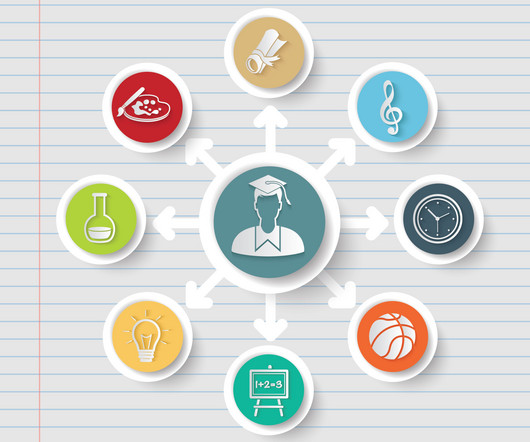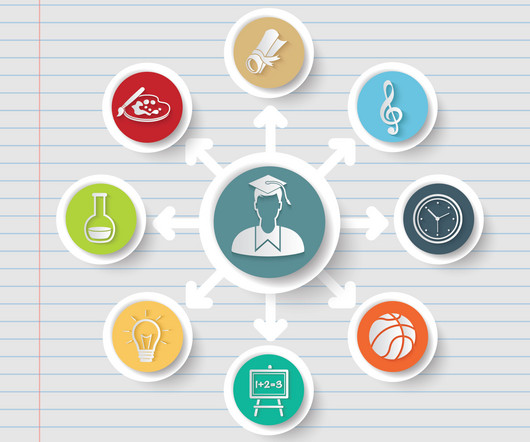Integrating Systems Thinking to Enhance Liberal Arts Curriculum through Learner-Centered Teaching
Faculty Focus
JUNE 22, 2025
Key learning outcomes from a Liberal Arts Curriculum include: A liberal arts curriculum fosters a comprehensive understanding of human cultures and the physical and natural world through diverse fields such as sciences, mathematics, social sciences, humanities, histories, languages, and the arts.

















Let's personalize your content